After learning about Digital Citizenship in our last two classes I went on to read the articles assigned and the article, Character Education for the Digital Age really stuck out to me. In the third paragraph it talked about the “two lives” perspective which explains how “students should live a traditional, digital unplugged life at school and a second, digital infused life outside school.” As I read this, I caught myself thinking, that as much as some people may agree on this and it could benefit students, I believe that it would also benefit students to use technology at school so that they learn about the good and the bad.
Just like I said in my previous post, these new apps and games can also be used to learn in a school setting as well. We want to teach our children that although the internet can be a scary place, it doesn’t have to be if we use it the correct way. We need to educate our children that everything that happens on the internet, stays on the internet even if you think it is deleted. This brings me to thinking about the relationship between digital citizenship and the Saskatchewan Curriculum. I believe they can be connected with how you look at the different subjects, as well as the outcomes and indicators. When looking through the Sask Curriculum I found a subject that can help integrate digital citizenship into the classroom.
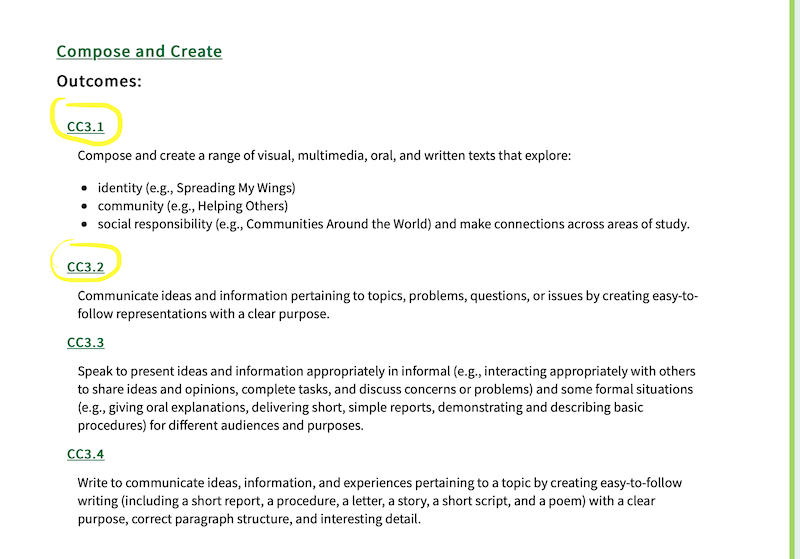
The grade would be grade 3 and the subject is English Language Arts. Outcomes CC3.1 and CC3.2 seem to give us an opportunity to be able to explore the world of digital technology. For outcome CC3.1 I could discuss how sometimes people make up fake accounts on the internet to fool others into thinking they are someone else and to try and bully them and so with that we have to be careful to not talk to anyone on the internet, especially someone who we do not know. I could go on to say that although there are not the best people on the internet, sometimes there are great communities that you can reach out to if you are in trouble or just need to talk. For example; while looking on the Saskatchewan curriculum page I saw under the title quick links they had a “Student Well-being Support” and a link to a website called “Be Kind”. This site has, cyber safety tips, resources, a place for grants, and most importantly, a get help button. With instructions to call 911 if it’s an emergency, talk to a trusted adult, reporting bullying online, kids help phone numbers and the Healthline. I would continue that outcome with the Social Responsibility and discuss how it is up to them as students and children to be responsible and smart when on the internet or any type of electronic or app.
For outcome CC3.2, I would ask the kids what they think would be good tips to help avoid having their personal information, pictures, videos etc. become available on the internet for everyone to see. I would also get them to write down what they believe is the proper way to act while online and why it is important to be smart while using technology in today’s society. I would remind them about the acronymS.M.A.R.T as well as T.H.I.N.K and to remember that not only as children but when they are adults too
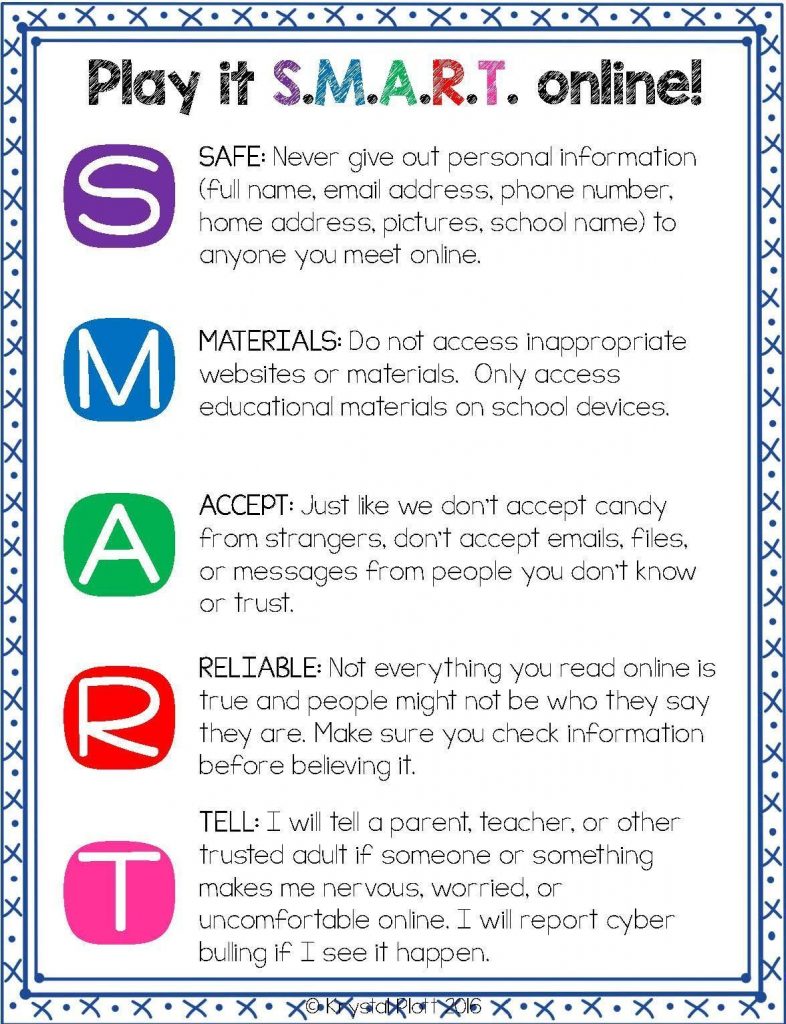
https://pin.it/2k9ogib 
https://pin.it/1B6BGgm
Technology today may sometimes be scary, but like I said in my other post, if we teach our students the appropriate ways to use the apps, the websites and the gaming systems, there are many great opportunities that go along with knowing how to use them as well. Digital Citizenship isn’t going anywhere and we need to show our students how to navigate it in a way that has a positive outcome!
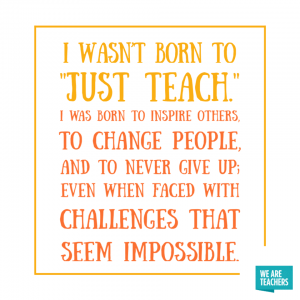
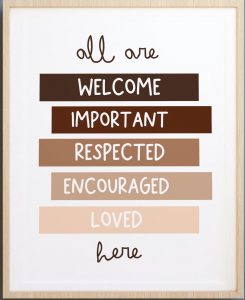
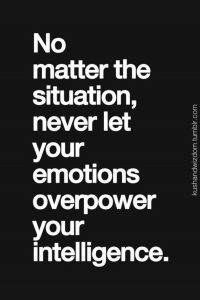
Leave a Reply